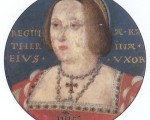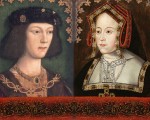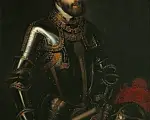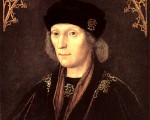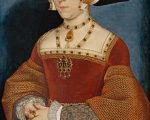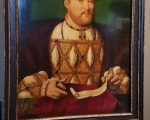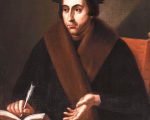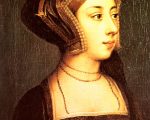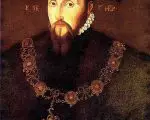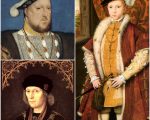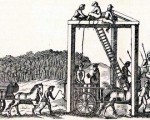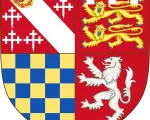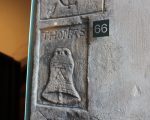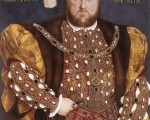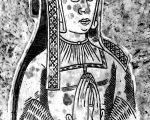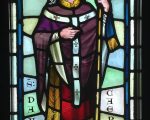Honor Grenville was born around c.1493-95; the daughter of Sir Thomas Grenville and his wife, Isabella Gilbert. Thomas was of Cornish origin, from the parish of Stowe in Kilkhampton, Cornwall. Honor was first married to Sir John Basset (1462-1528) of Umberleigh in the Parish of Atherington in Devon. The marriage was fairly ideal for the daughter of a gentry family. Her father was a well-respected Lord of the Manor of Stowe and Bideford in Devon. Additionally, he was a renowned Lancastrian supporter during the Wars of the Roses period, appointed one of the Esquires of the Body to Henry VII. Honor’s husband was Sherriff of Devon in the years 1497, 1517 and 1522, respectively and an important figure in West country politics. The couple produced seven surviving children, who entered a variety of careers. These children shall be explored later in the article.
While the marriage was ideal in terms of production of children, Honor’s second marriage would propel her into more discernible society. Her husband, John Basset, died in 1528, with Honor soon after marrying Arthur Plantagenet, 1st Viscount Lisle, thus becoming Lady Lisle. Her husband was later given the office of Lord Deputy of Calais. Most significantly about Arthur was his lineage, being the illegitimate son of King Edward IV and therefore having Plantagenet blood. He was the half-brother of Queen Elizabeth of York and uncle of the current king of this period, Henry VIII – an uneasy connection.
[Read More...]












